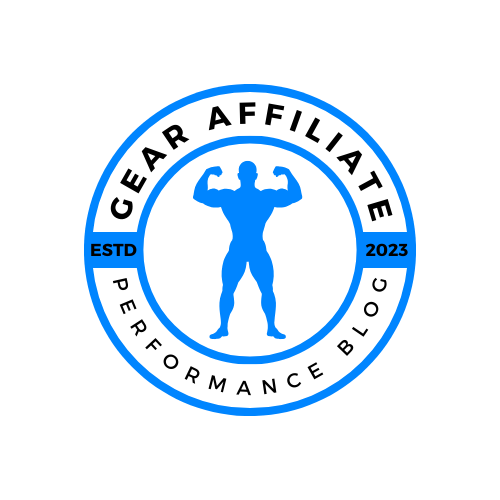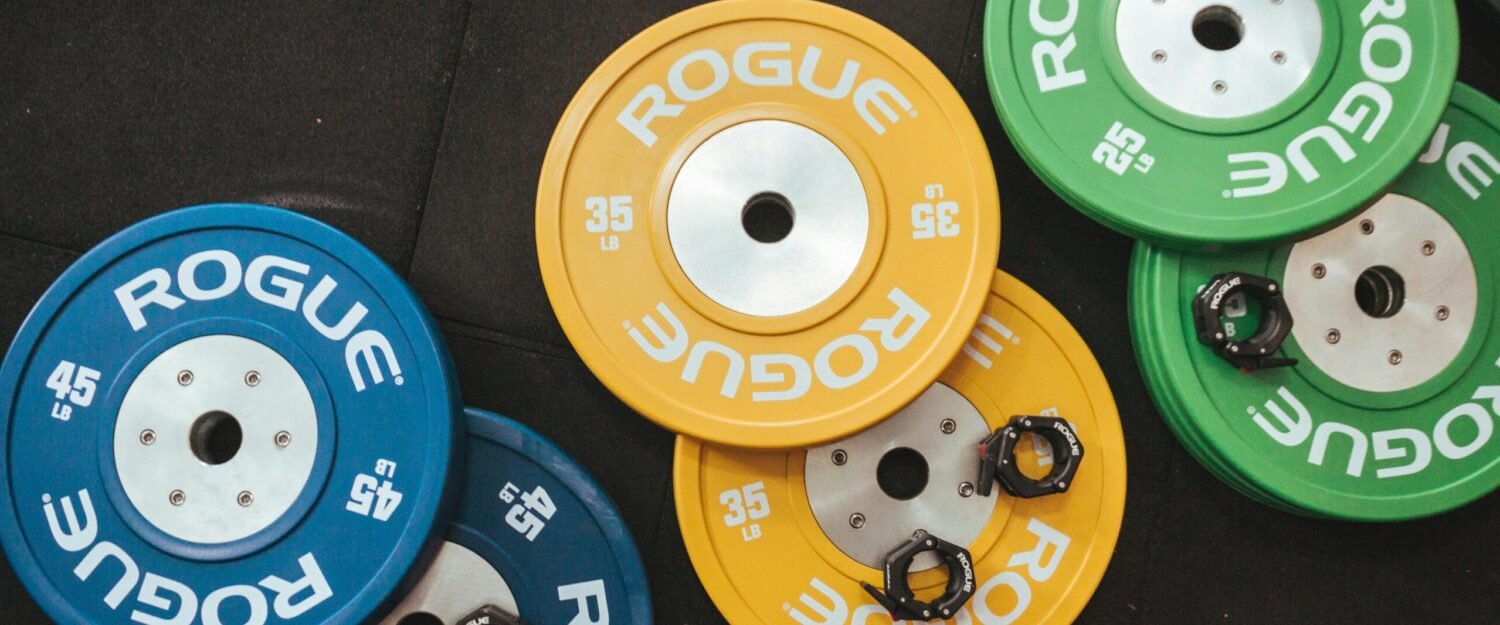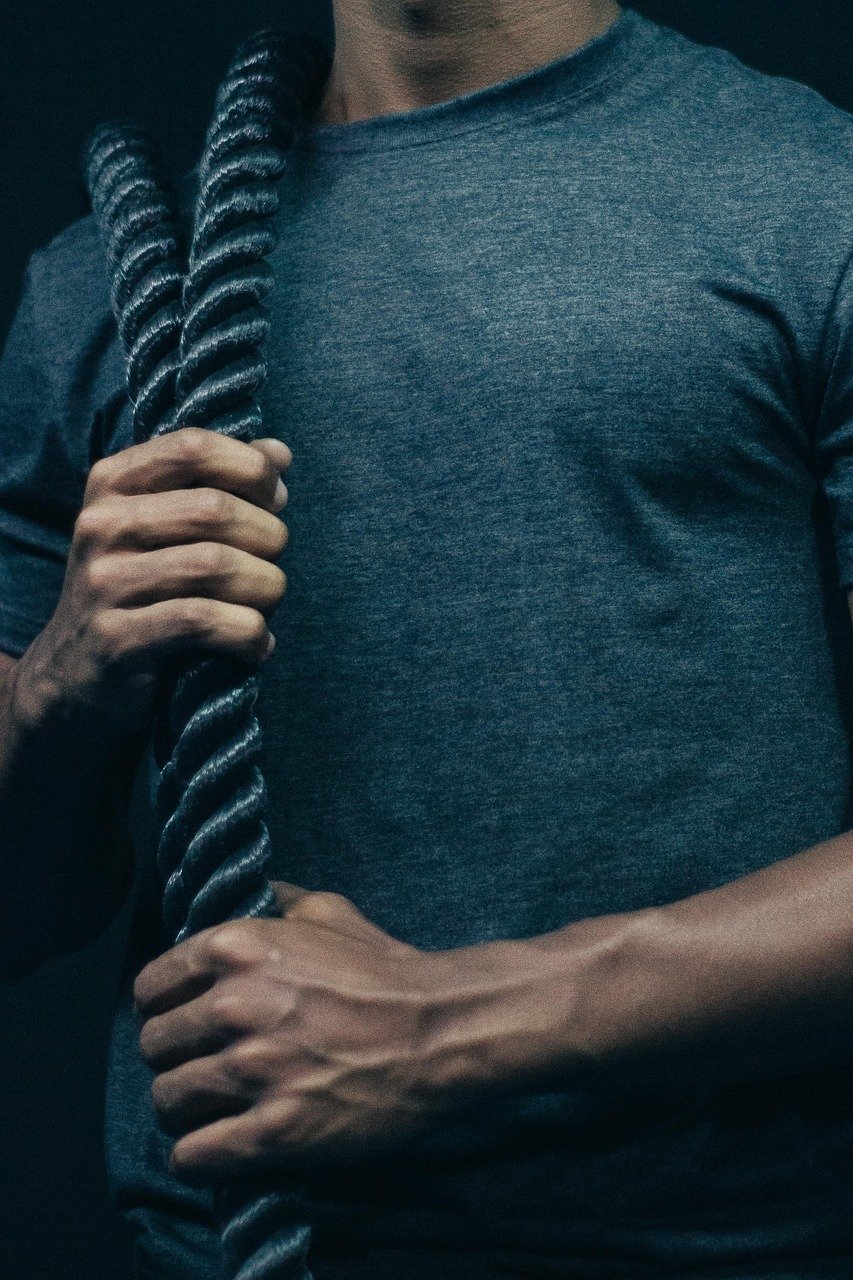-Revised By Coach G
How To Train Grip For Athletics
Why Grip Strength Matters for Every Athlete (Especially Wrestlers)
When people talk about athletic performance, the conversation usually revolves around speed, power, agility, and conditioning. But there’s one underrated attribute that directly impacts nearly every movement in sport—grip strength.
Whether you’re clinching an opponent on the mat, swinging a bat, controlling a barbell, or grappling for position on a football field, your ability to hold on can make or break your performance. Grip strength is far more than just “forearm work”—it’s a reflection of your total-body coordination, neural drive, and functional carryover into real competition.
For wrestlers, grip strength can directly determine your ability to snap someone down, maintain underhooks, or finish a single-leg takedown. And for athletes in other sports—like MMA, climbing, football, gymnastics, or CrossFit—it’s the foundation of both control and power transfer. Let’s break down why it matters, how to train it, and how often to do it.
Why Grip Strength Is Crucial for Athletes
1. Better Performance Under Fatigue
Your grip is often the first thing to go when you’re tired. Stronger hands and forearms let you maintain technique longer, whether that means hanging onto a bar, holding an opponent, or securing a football.
2. Strong Grip, Stronger Pull
Grip strength often limits big compound lifts like deadlifts, rows, and pull-ups. Improve your grip and you’ll unlock bigger numbers and better muscle development—especially in the upper back and posterior chain.
3. Injury Prevention
A stronger grip protects the wrists, elbows, and shoulders by improving muscular balance and joint integrity. Athletes with better grip strength often experience fewer overuse injuries and recover faster from strain.
4. Athletic Transfer
From hand-fighting in wrestling to controlling the ball in basketball, or holding a bat in baseball—better grip translates directly to better control. You’ll move more efficiently, hit harder, and react faster.
5. Mental Toughness
Grip-focused training is humbling. But the best athletes lean into it. The discomfort of holds and carries develops grit—and that carries over into training and competition alike.
The Top 5 Grip Strength Exercises for Athletes
These aren’t your typical forearm curls. These are functional, heavy-hitting exercises designed to carry over into sports performance.
1. Farmer’s Carries
Why it works: Builds crushing grip, traps, core, and postural strength all at once.
How to do it: Grab two heavy dumbbells or kettlebells, stand tall, and walk for distance or time. Keep your shoulders packed and your grip tight.
Sets/Reps: 3–4 sets of 30–50 yards or 30–45 seconds.
2. Towel Pullups (Or Rope Climbs For Wrestlers)
Why it works: Demands dynamic, full-body grip engagement—especially from the hands and fingers. Extremely beneficial for wrestlers and functional athletes.
How to do it: Wrap a towel around a bar and preform your regular pullups. For rope climbs, climb using arms and legs if needed; for advanced athletes, try legless climbs. Focus on controlled movement and grip dominance.
Sets/Reps: 3–5 total climbs or AMRAP in a controlled time window.
3. Plate Pinch Carries or Holds
Why it works: Builds pinch grip, often neglected but crucial for wrist and finger stability.
How to do it: Grab two smooth-surfaced plates (start with 10s or 25s), pinch them together, and carry or hold for time.
Sets/Reps: 3–4 sets of 20–30 seconds.
4. Dead Hangs from a Bar
Why it works: Builds endurance grip, scapular stability, and core tension. Helps in everything from climbing to controlling bodyweight.
How to do it: Hang from a bar with straight arms. To progress, add weight or use a thicker bar.
(You can also use Fat Grips to make this exercise more challenging/effective)
Sets/Reps: 3–4 sets of 30–60 seconds.
5. Thick Bar or Fat Gripz For Curls
Why it works: Forces the hands and forearms to work overtime by increasing the surface area you have to hold.
How to do it: Use a thick barbell or Fat Gripz on dumbbells/barbells. Do standard Curls, rows, or holds, etc.
Sets/Reps: 4–5 sets of 3–6 reps for strength or 20–30 seconds for holds.
The product we use for this >
Fat Gripz Pro
Thick Grips For Increased Muscle Fiber Activation
If you would like to see a full product breakdown of the FatGripz Pro, then check out our post here.
How Often Should You Train Grip?
For most athletes, 2–3 focused grip sessions per week is ideal. These don’t have to be long—just 10–15 minutes at the end of a workout—but consistency is key. Within a few weeks, you’ll start noticing improvements in your pulling strength, hand control, endurance, and overall durability.
- If you’re a wrestler, integrate rope climbs, plate pinches, and wrist flexion/extension work directly into your practice warmups or strength days.
- For everyone else, start with farmer’s carries and dead hangs, then gradually rotate in more advanced variations as your grip tolerance grows.
Grip fatigue is real—so train smart, recover well, and don’t overdo it at the expense of your other lifts.
Final Thoughts: Grip Is the Hidden Key
You can be fast, explosive, and strong—but if your grip can’t keep up, your performance will suffer. For wrestlers, grip might be the most important tool in the toolbox. But even if you’ve never set foot on a mat, developing powerful hands and forearms will elevate your game—in the weight room and on the field.
Don’t overcomplicate it. Stick to the foundational exercises above, train your grip like you train your big lifts, and watch your performance rise across the board.
Written by The Strongroom Team
Built for athletes who train for more than just the mirror.
If you found this post to be helpful, then you may be interested in the rest of our blog page here.
Discover more from GearAffiliate
Subscribe to get the latest posts sent to your email.



